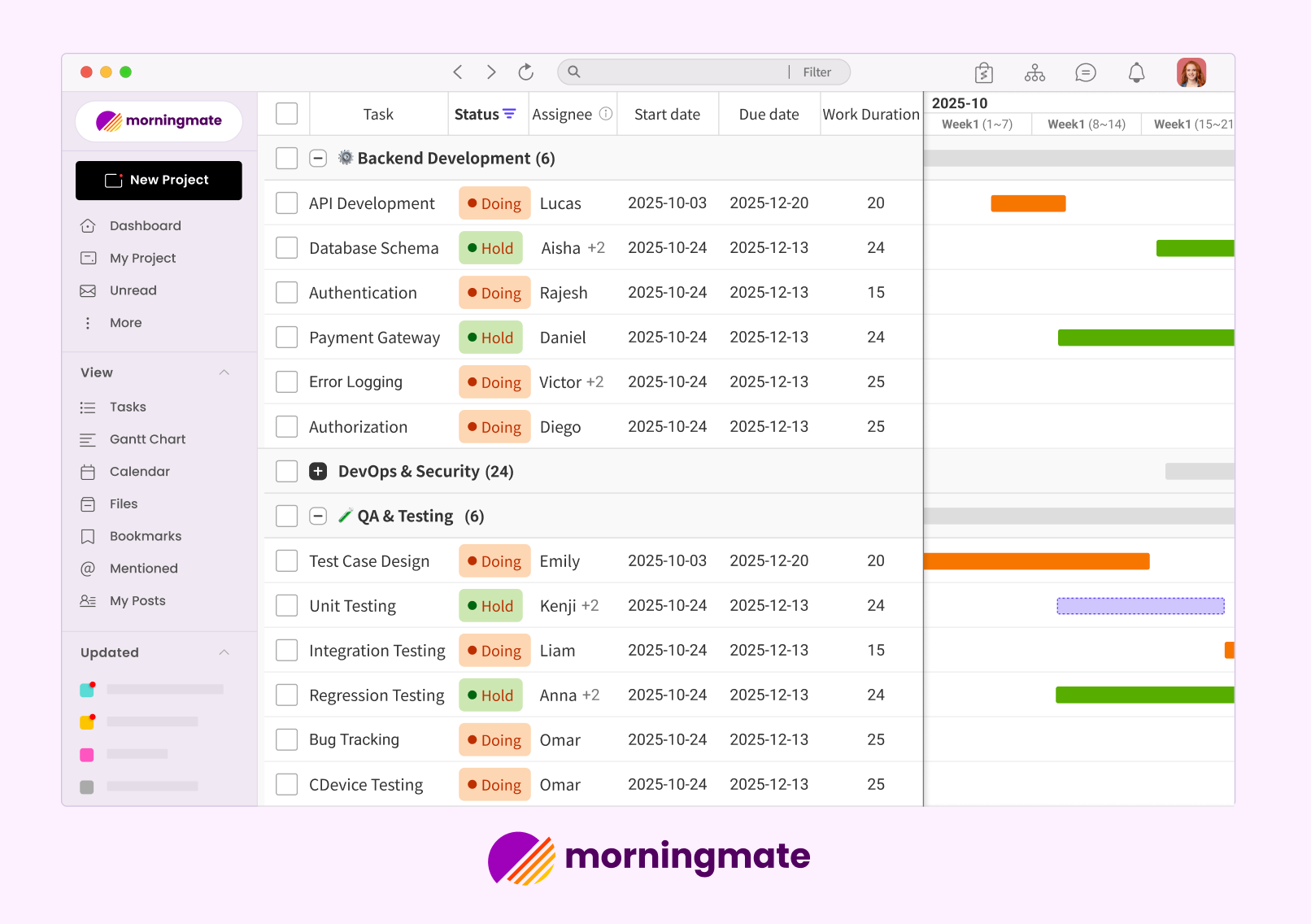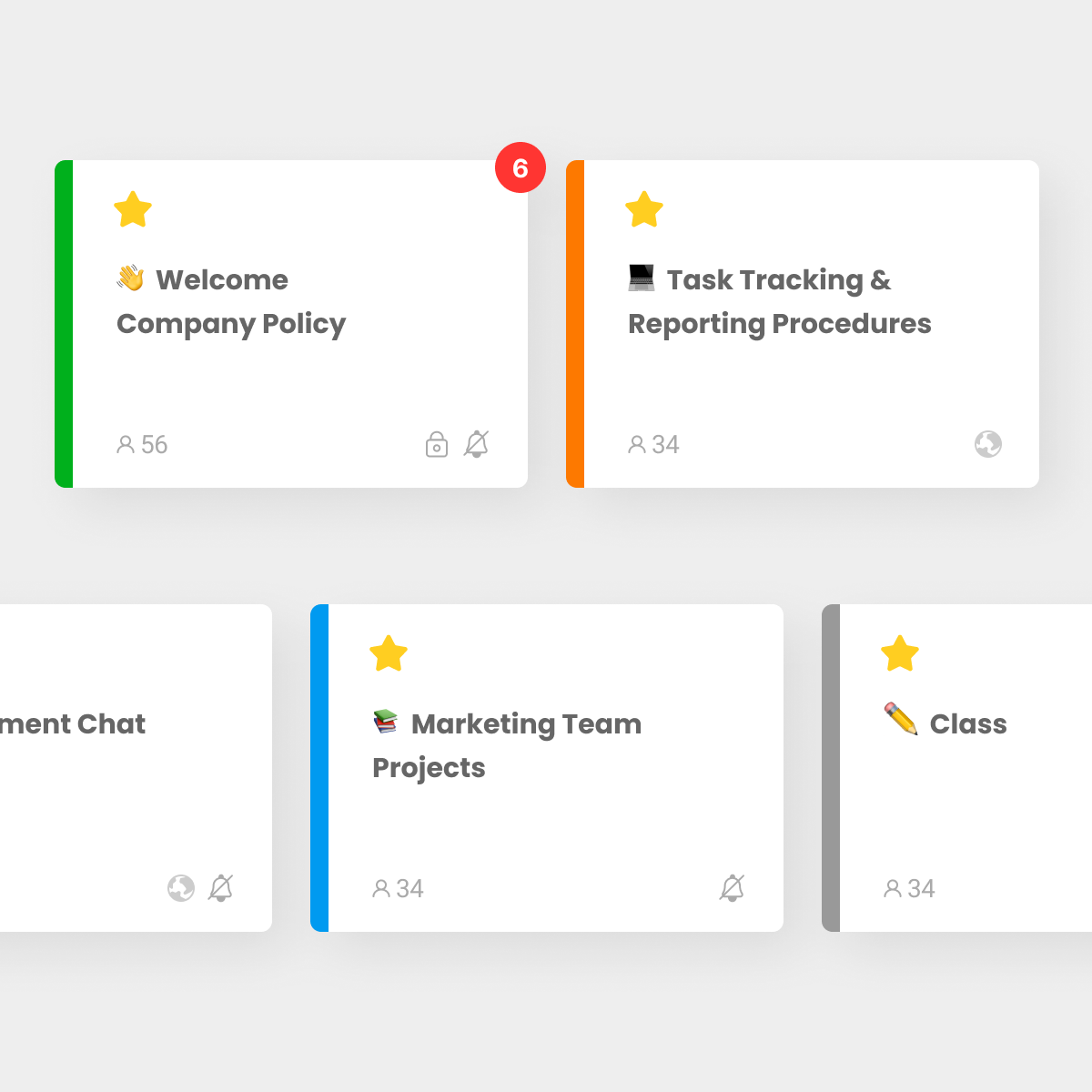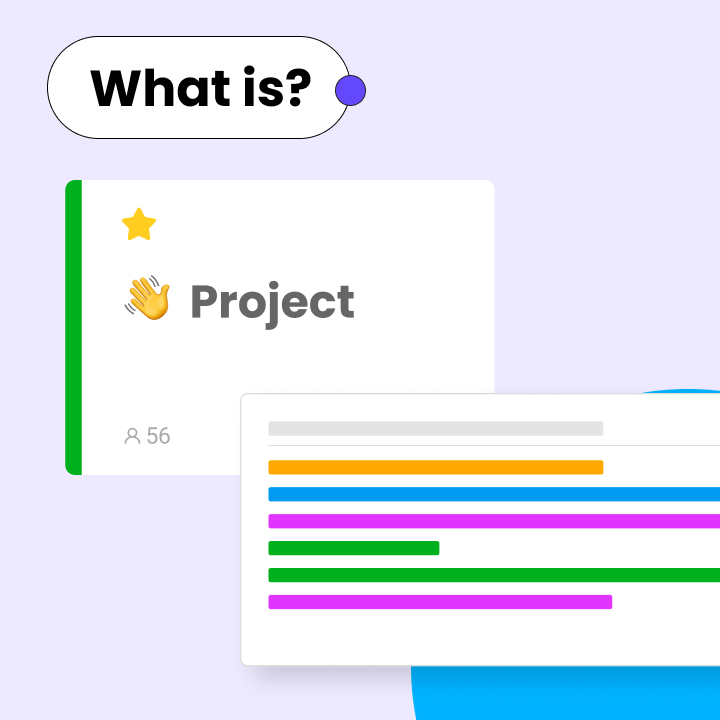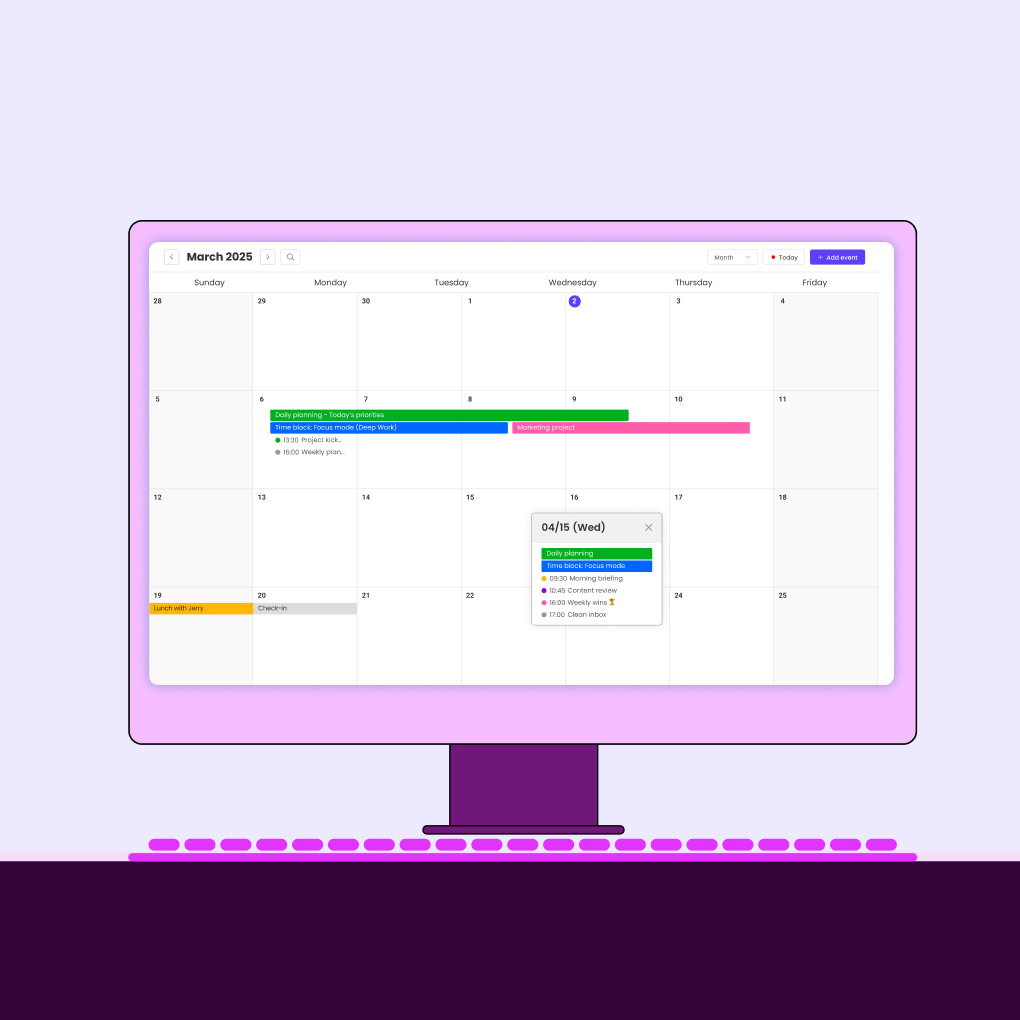Delivering a successful project goes beyond good intentions and hard work. Whether you’re leading a small team initiative or managing a complex enterprise deployment, having the right project management techniques and tools can be the key difference between success and struggle.
Today’s project managers encounter a range of challenges, including distributed teams, tight deadlines, changing requirements, and evolving stakeholder expectations. The answer lies in mastering a versatile toolkit of project management techniques that can adapt to any situation.
This guide delves into the essential project management methods and tools that effective project managers use to plan, execute, and achieve results. From foundational planning techniques to advanced execution strategies, you’ll learn how to choose and apply the right approach for your specific project needs.

What Are Project Management Tools and Techniques?
Project management includes a variety of methodologies, frameworks, and approaches designed to guide teams from project inception to successful completion. At its core, project management techniques offer structured ways to organize work, allocate resources, track progress, and manage risks throughout the project lifecycle.
These techniques act as your roadmap for navigating the complexities of any project. They help establish clear objectives, define scope boundaries, identify potential obstacles, and create accountability mechanisms that keep everyone aligned toward common goals.
Tools vs. Techniques: What’s the Difference?
Understanding the difference between tools and techniques is vital for effective project management. Techniques are the methodologies and approaches you use to manage projects, such as Work Breakdown Structure or Critical Path Method. These represent the “how” of project management—systematic approaches that guide your decision-making and workflow organization.
Tools, on the other hand, are the software applications, templates, and resources that help you implement these techniques. Project management software like Morningmate, Asana, Trello, or Microsoft Project are tools that enable you to apply various techniques more efficiently.
The most effective project managers combine proven techniques with the right tools to create a comprehensive management system that meets their team’s specific needs and working style.
Why Both Matter for Successful Projects
Neither tools nor techniques alone guarantee project success. Techniques without proper tools can lead to inefficient manual processes that waste time and introduce errors. Similarly, sophisticated tools without solid underlying techniques often result in disorganized chaos—projects that appear managed but lack the strategic framework necessary for meaningful progress.
The synergy between techniques and tools creates a multiplier effect. When you understand fundamental project management techniques, you can leverage tools more effectively to automate routine tasks, generate meaningful reports, and maintain visibility into project health for all stakeholders.
Core Project Management Techniques
Mastering fundamental project management techniques is essential for successful project delivery. These time-tested approaches provide structure and clarity, helping teams navigate complexity while staying focused on deliverable outcomes.
1. Work Breakdown Structure (WBS)
The Work Breakdown Structure is a foundational project planning technique. This hierarchical breakdown of project scope divides complex deliverables into manageable work packages that teams can estimate, assign, and track effectively.
To create an effective WBS, understand both the project’s final deliverables and the work required to produce them. Start with major deliverables at the top level, then progressively break them down into smaller, more specific components. Each level should represent a logical grouping of work that can be managed as a unit.
2. Gantt Charts
Gantt charts turn project timelines into visual representations that clarify complex scheduling relationships. These bar charts display tasks along a timeline, showing start dates, durations, and dependencies that help project managers identify potential bottlenecks and resource conflicts.
Modern Gantt chart implementations go beyond simple timeline visualization. They integrate with resource management systems, update automatically based on actual progress, and provide real-time insights into schedule performance. This makes them invaluable for communicating project status to stakeholders who need to understand both current progress and future expectations.
3. Critical Path Method (CPM)
The Critical Path Method identifies the sequence of activities that determines the minimum project duration. By understanding which tasks must be completed on time to avoid delays, project managers can focus their attention and resources where they matter most.
CPM analysis reveals not only the critical path but also the float or slack time available for non-critical activities. This information is invaluable for resource optimization and risk management. When unexpected issues arise, you can often address them by adjusting non-critical activities without impacting the overall project timeline.
4. PERT (Program Evaluation Review Technique)
PERT tackles one of the biggest challenges in project planning: uncertainty in task duration estimates. This technique uses three-point estimation—optimistic, pessimistic, and most likely scenarios—to create more realistic project timelines that account for inherent uncertainty.
The PERT approach acknowledges that most project activities don’t have fixed durations. External factors, resource availability, technical complexity, and other variables all influence how long tasks actually take to complete. By considering multiple scenarios, PERT provides a more nuanced view of project timing that aids both planning and stakeholder communication.
5. RACI Matrix
The RACI Matrix clarifies roles and responsibilities by defining who is Responsible, Accountable, Consulted, and Informed for each project activity. This simple yet powerful technique prevents coordination problems that often derail project execution.
Creating a RACI matrix encourages important discussions about decision-making authority and communication requirements. These conversations often reveal assumptions and expectations that might otherwise remain hidden until they cause issues during project execution.
6. Risk Management Planning
Systematic risk management sets successful projects apart from those that struggle with unexpected challenges. This technique involves identifying potential risks, assessing their likelihood and impact, and developing response strategies before problems arise.
Effective risk management goes beyond creating a list of potential issues. It requires ongoing monitoring of risk indicators, regular reassessment of risk probabilities and impacts, and maintaining response plans that remain relevant as project conditions evolve.
7. Earned Value Management (EVM)
Earned Value Management integrates scope, schedule, and cost performance into a single measurement system that provides objective insights into project health. EVM helps project managers identify performance trends and predict future outcomes based on current trajectories.
Implementing EVM requires accurate baseline plans and regular progress updates. The technique works best when integrated into standard project reporting cycles, ensuring that performance insights inform regular project decisions.
Essential Project Planning Techniques
Effective project planning involves a variety of techniques that address different aspects of preparation. These methods help set realistic expectations and lay the groundwork for successful execution.
Time Estimation Techniques
Accurately estimating time is one of the most challenging parts of project planning. Successful project managers employ several estimation methods to validate their assumptions and account for uncertainties.
Bottom-up estimation involves estimating the duration of individual tasks and aggregating these estimates to determine the overall project timeline. While this method offers detailed insights into project components, it can be time-consuming for larger projects.
Analogous estimation relies on historical data from similar projects to predict the duration of the current project. This technique is effective when relevant historical data is available and meaningful similarities can be identified.
Parametric estimation uses statistical relationships between project characteristics and duration to generate estimates. This method is particularly useful for projects with repeatable elements and available historical performance data.
Resource Allocation Strategies
Effective resource allocation balances project needs with organizational constraints while ensuring team productivity and morale. This requires a clear understanding of both resource capabilities and project requirements.
Resource leveling smooths out resource demand to prevent overallocation while striving to meet project deadlines. This technique helps avoid team burnout and ensures that critical resources are not overextended across competing priorities.
Resource smoothing adjusts project schedules to optimize resource use without altering project deadlines. This approach is beneficial when there is flexibility in task timing but fixed delivery commitments.
Milestone and Dependency Mapping
Clearly defined milestones provide checkpoints that help teams maintain focus and momentum throughout the project lifecycle. Effective milestones represent significant achievements that matter to stakeholders, rather than arbitrary dates.
Dependency mapping identifies the relationships between project activities that affect scheduling and resource allocation. Understanding these relationships helps prevent coordination issues and enhances risk management.
Combining milestone and dependency planning creates a framework that supports both high-level communication and detailed execution planning. This dual perspective ensures that daily activities align with strategic project objectives.
Change Management and Issue Tracking
A systematic change management process helps teams adapt to evolving requirements while maintaining project control. These processes should balance flexibility with the need to adhere to scope and budget constraints.
Effective change management requires clear criteria for evaluating proposed changes, documented approval processes, and communication channels that keep all stakeholders informed about scope adjustments.
Issue tracking systems capture and manage problems that arise during project execution. These systems should facilitate quick resolutions while maintaining visibility into recurring issues that may indicate larger systemic problems.
Applying Techniques Across Project Phases
Different project phases require various combinations of techniques and tools. Knowing when and how to apply specific approaches maximizes their effectiveness throughout the project lifecycle.
Initiation and Planning
The initiation and planning phases lay the foundation for project success. During these stages, techniques like Work Breakdown Structure (WBS) and risk management planning provide the necessary structure and foresight for effective execution.
Stakeholder analysis helps identify all parties who will influence or be affected by the project. This analysis informs communication planning and helps prevent surprises later in the project lifecycle.
Requirements gathering ensures that project objectives are clearly defined and understood by all stakeholders. This process helps prevent scope creep and establishes a solid foundation for effective change management.
Execution and Monitoring
During execution, monitoring and control techniques become crucial. Earned Value Management and regular status reporting provide the visibility needed to maintain project control while adapting to changing conditions.
Communication management ensures that information flows effectively between team members and stakeholders. Regular team meetings, status reports, and stakeholder updates help maintain alignment and prevent coordination issues.
Quality management techniques ensure that deliverables meet established standards and stakeholder expectations. These practices should be integrated into regular project workflows rather than treated as separate activities.
Closing and Retrospective
Project closing techniques ensure that all deliverables are properly transitioned and that organizational learning is captured for future projects. These methods help teams celebrate successes while identifying areas for improvement.
Lessons learned sessions capture insights about what worked well and what could be improved in future projects. These sessions should focus on actionable insights rather than assigning blame.
Knowledge transfer techniques ensure that project outcomes and supporting documentation are effectively handed over to operational teams or other stakeholders who will utilize the project results.
Best Practices for Effectively Using Project Management Techniques
Successfully applying project management techniques goes beyond technical skills. It requires a deep understanding of your organization, team dynamics, and stakeholder expectations.
Align Techniques with Project Goals
Each project has unique needs based on its complexity, risk level, and stakeholder demands. Large, intricate projects benefit from detailed planning techniques, while smaller initiatives may require simpler methods.
Consider your organization’s maturity when choosing techniques. Teams new to formal project management may need straightforward approaches that build confidence and skills over time.
Select techniques that match your available resources and expertise. Advanced methods often require training and tools that may not be necessary for every project.
Communicate Techniques Across Teams
Gaining team buy-in is essential for the success of any technique. Take the time to explain why specific techniques are chosen and how they will benefit both the project and team members.
Offer training and support to help team members understand and effectively apply project management techniques. This investment leads to improved project execution and enhanced team capabilities.
Regularly review techniques to assess what is working well and what may need adjustment based on project experiences and changing conditions.
Review and Adjust Techniques as Projects Evolve
Project management techniques should be flexible and adapt to changing project conditions. Regularly assess the effectiveness of your techniques to ensure they remain relevant and valuable.
Keep an eye on the administrative burden of techniques to ensure they enhance project outcomes rather than create unnecessary bureaucracy that slows progress.
Encourage team feedback on technique effectiveness and be open to modifying approaches based on real-world experiences and evolving project needs.
Essential Project Management Tools for Modern Teams
While techniques provide the framework, project management tools serve as the digital backbone that enables efficient implementation. Modern project management software has evolved from simple task tracking to comprehensive platforms that support all aspects of project delivery.
Digital Project Management Platforms
Today’s project management tools integrate various techniques into unified platforms that streamline workflow management. Tools like Morningmate, Microsoft Project, Asana, and Monday.com offer templates and automation, making it easier to implement techniques like Work Breakdown Structure (WBS) and Gantt chart planning without extensive manual setup.
These platforms provide real-time visibility across distributed teams. When team members update their progress, the information is instantly shared with all relevant stakeholders, enhancing decision-making and coordination. This real-time capability is especially valuable for organizations managing multiple concurrent projects with shared resources.
Cloud-based project management tools have transformed collaboration by allowing seamless access from anywhere. Team members can contribute to project planning, update task statuses, and communicate with colleagues regardless of their location. Morningmate’s integrated messaging, task management, and file sharing tools make it especially effective for remote and hybrid teams seeking a unified workspace with minimal onboarding friction.
Collaboration and Communication Tools
Effective project management goes beyond task tracking; it also involves comprehensive team collaboration. Tools like Slack, Microsoft Teams, and Zoom integrate with project management platforms to create cohesive communication environments that support both formal project reporting and informal team coordination.
These collaboration platforms help maintain team cohesion and knowledge sharing throughout the project lifecycle. They provide spaces for quick questions, file sharing, and informal problem-solving that complement formal project management processes. The integration of communication tools with project management platforms ensures that important decisions and updates are documented within the project record.
Video conferencing capabilities have become essential for project management tools, facilitating regular team meetings, stakeholder reviews, and collaborative planning sessions. These features help maintain personal connections and effective communication, even when team members are geographically dispersed.
Analytics and Reporting Capabilities
Modern project management tools offer advanced analytics that turn raw project data into actionable insights. Dashboard features provide real-time views of project health metrics, resource utilization, and progress against key milestones. These visualizations help project managers identify trends and potential issues before they escalate.
Advanced reporting features allow for customized views tailored to different stakeholder groups. Executives may need high-level progress summaries and budget statuses, while team members require detailed task assignments and dependency information. Flexible reporting capabilities ensure that each audience receives relevant information in the appropriate format.
Predictive analytics features leverage historical project data to forecast future performance and identify potential risks. These capabilities empower project managers to make informed decisions about resource allocation, timeline adjustments, and risk mitigation strategies.
Adapting Techniques for Remote and Distributed Teams
The shift toward remote and hybrid work has introduced new challenges for project management, necessitating adaptations to traditional techniques. Successful remote project management requires a heightened focus on communication, documentation, and digital collaboration tools.
Remote teams benefit from structured communication protocols that ensure important information consistently reaches all members. Regular check-ins, structured status updates, and clear documentation practices become even more critical when team members are not sharing a physical workspace.
Digital-first project management approaches prioritize online collaboration as the primary mode of team interaction, rather than a substitute for in-person meetings. This perspective influences tool selection, meeting structures, and documentation practices to optimize effectiveness in distributed environments.
Coordinating across time zones adds complexity to project scheduling, requiring careful planning. Project managers must balance synchronous collaboration needs with asynchronous work capabilities to maintain productivity across global teams while respecting work-life balance.
Final Thoughts: Choosing the Right Technique for the Right Project
Mastering project management tools and techniques is an ongoing journey that combines theoretical knowledge with practical experience. The most effective project managers develop a diverse toolkit of techniques that they can adapt to various project situations and organizational contexts.
Success lies in recognizing that no single technique or tool offers a complete solution. Instead, effective project management requires a thoughtful combination of multiple approaches that address the specific challenges and opportunities of each project.
Integrating traditional project management techniques with modern digital tools creates unprecedented opportunities for project success. However, this integration must be implemented thoughtfully, considering team capabilities, organizational culture, and project requirements rather than simply adopting the latest technology trends.
Start with fundamental techniques like WBS and Gantt charts to build a solid foundation, then gradually expand your toolkit as you gain experience and encounter different project types. Focus on techniques that deliver clear value to your projects and stakeholders, rather than trying to implement every available approach.
Consider the total cost of implementing techniques, including training, tool licensing, and ongoing maintenance. The most sophisticated approaches aren’t always the most effective for every project or organization. Sometimes, simpler techniques applied consistently yield better results than complex methods that teams struggle to adopt.
Remember, the ultimate goal is successful project delivery that meets stakeholder expectations while maintaining team morale and organizational capability. Choose and apply techniques that support this objective and fit seamlessly into your organizational culture and team dynamics.
Investing in learning and applying these project management techniques and tools will pay off throughout your career. Projects will become more predictable, teams will become more effective, and stakeholders will gain greater confidence in your ability to deliver meaningful results for the organization.
Ready to improve your project management skills? Start by implementing one or two of these techniques in your current project. Focus on approaches that address your biggest challenges, and gradually expand your toolkit as you gain confidence and experience. Remember, the best project management technique is the one that helps your team deliver better results while working more effectively together.




